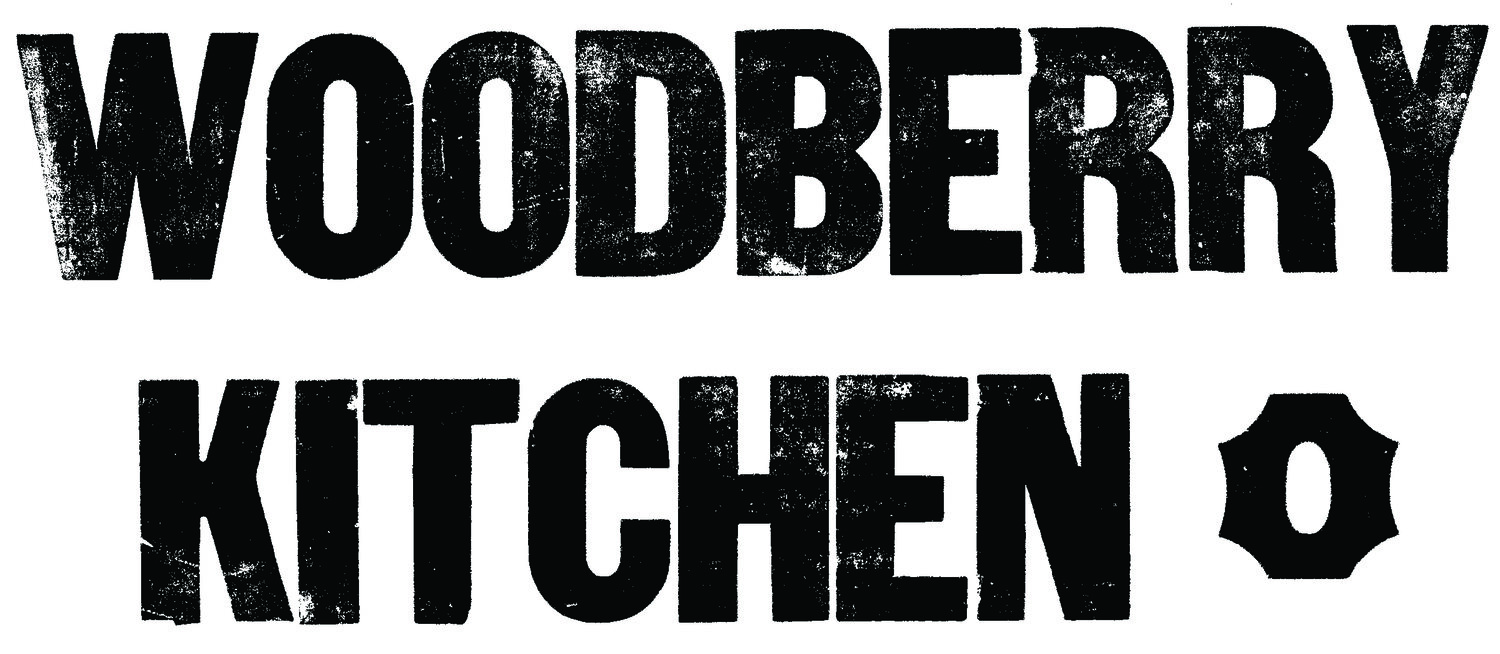Our approach: Service charge
Woodberry Kitchen is one of many restaurants across the country leading an industry shift toward a new model that provides consistent, equitable wages for our entire team. In the Mid-Atlantic, top restaurants including Bar Spero, Tail Up Goat, and The Little Grand in Washington, D.C, Zahav in Philadelphia, and Clavel in Baltimore have implemented similar systems.
Historically, restaurants operating on thin margins have made the economics of their business work by paying back-of-the-house (kitchen) staff minimum wage and front-of-the-house (dining room) staff an even lower tipped minimum wage. In some restaurants, that means front-of-house staff also barely get by. In our world of fine dining, it typically means front-of-house staff make double or triple their counterparts in the kitchen. That’s not okay with us, especially because immigrants and people of color are often over-represented in restaurant kitchens.
Also not okay? When an individual’s daily wages are completely dependent on the judgment of the customer, that customer has disproportionate power over the server. For example, research shows servers face increased sexual harassment in places where their wages more heavily depend on tips and that a server’s race impacts how much they make in tips. (By the way, the tipped minimum wage system has its origins in slavery.)
The bottom line: Tipping someone who has provided you with good service is a lovely thing to do, but it should be extra. It shouldn’t determine whether or not that person can pay their bills. Here’s what to know about our approach, based on the most common questions we get from guests.
How does the service charge work?
We include a 20% service charge on your bill. We use every dollar to help us pay everyone in the restaurant–—dishwashers, line cooks, servers, backwaiters, etc.—stable, living wages that start at $18/hour (and are generally much higher). We also provide health insurance for full-time employees. At the end of the day, we’re trying to do a better job including the cost of labor in your bill, in the same way we include the cost of food. (The 20%, by the way, does not ever fully cover labor costs.) There is no expectation for guests to tip on top of the charge. However, if you have a memorable experience and want to express gratitude, you are welcome to leave a tip, which goes into a pool for the service staff only.
But then why don’t you just raise the prices of the food?
We’d love to do that! That would negate the need for all of this explanation. However, the vast majority of restaurants still operate on the old model. That means if we embedded the cost of fair wages into our prices, it would look like we were overcharging compared to our competitors. Guests would get sticker shock and go elsewhere.
But I heard that some servers don’t like this model and prefer tipping…
That’s true. Especially in fine dining, some like it, and some don’t. Danny Meyer famously tried to do this in New York City and lost a lot of front-of-house staff. He backpedaled. The reality is that when it all shakes out, some servers may make slightly less than they would in a tipped system. We believe what’s important is that everyone is making enough to live (really!) well. It’s also consistent, regardless of if it’s a slow or busy night at the restaurant or how many customers have had a bad day. In addition, we’ve built in other incentives to increase compensation, like commissions on wine sales. Meanwhile, we’ve started to close the gap between dining room and kitchen wages. It’s not even close to perfect and we’re always looking for ways to improve, but overall, it feels like a better system compared to the standard.
Want to learn more?
Living for tips, Slate

